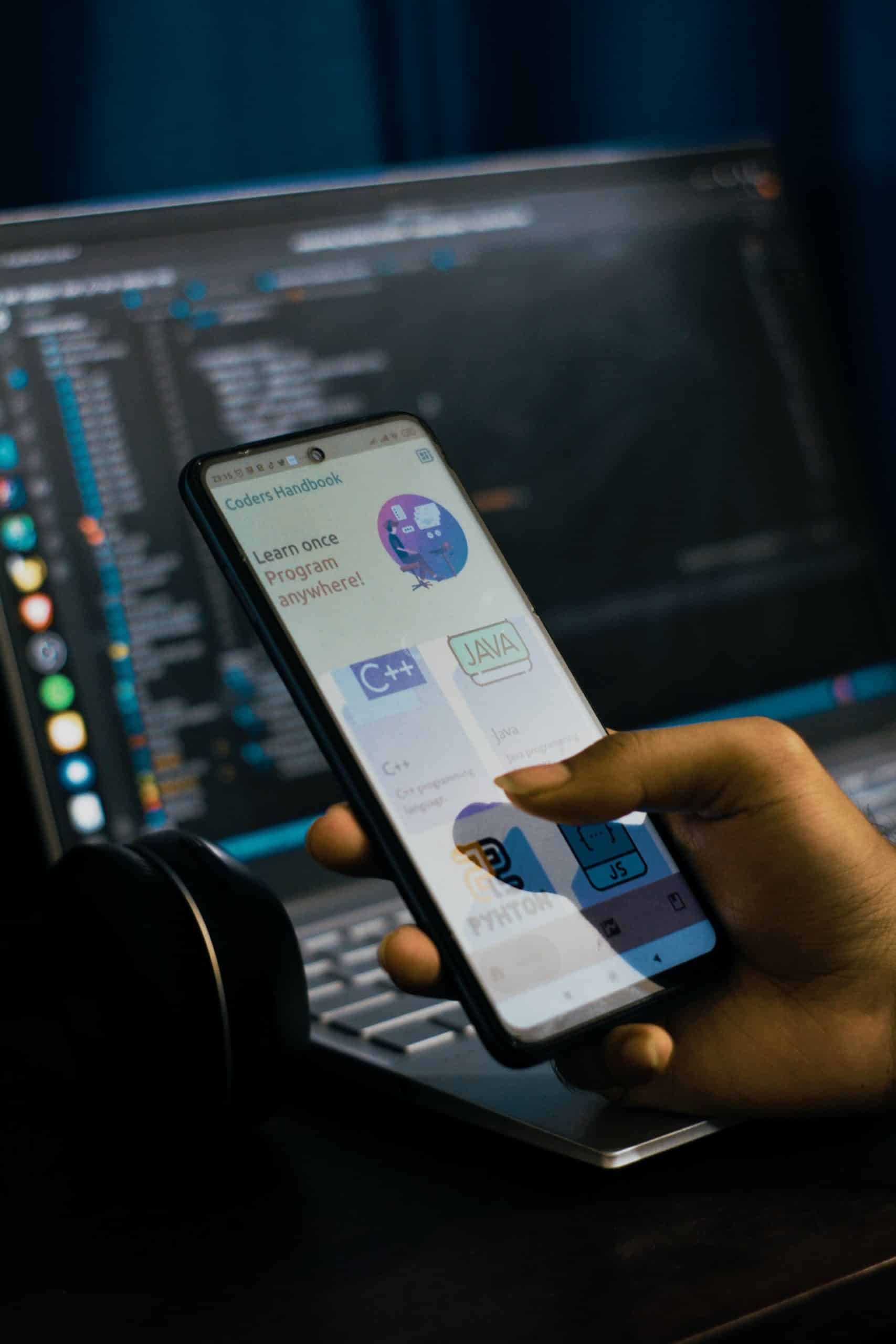Negligence in taking application security practices seriously has immensely affected businesses in recent times. Apps provide the easiest and the most convenient way for businesses to enhance their services and effectively interact with their customers.
But as businesses ask for their customer’s sensitive information, it becomes their responsibility to protect and securely store their customer’s confidential data. However, we still witness frequent security breaches. The reasons may include weak code architecture, human errors, and irregular maintenance among many others.
Because of the ever-evolving and ever-changing tech world, no code can guarantee a 100% security. But it still remains important to strive to be as secure as possible. Let’s go over a range of ways developers can ensure secure application development.
IMAGE: UNSPLASH
1. Following OWASP Top Ten
The OWASP is a non-profit foundation led by security experts and is recognized around the globe by developers as an organization that helps improve the security of software. OWASP top ten contains an updated list of the top security risks to web applications compiled and agreed upon by security experts.
The vulnerabilities mentioned in the list surge awareness among the developer community and assist them in creating a secure code that holds a much lower probability of getting breached.
2. Overall Encryption
Encrypting the source code makes it harder for the attackers to decipher the original code and prevents them from using any reverse engineering techniques. Along with the source code, the data at rest (local data) and data-in-transit must also be encrypted. Using SSL/TLS or VPN tunnels prevents threats like snooping and Man In The Middle (MITM) attacks to occur.
These certificates are important as they ensure encrypted communication and protect server ID. To ensure uninterrupted encryption it is recommended to use a certificate management system that will renew the lifecycle of these certificates regularly.
Along with protecting data-in-transit, local data stored in the file system or sandbox of the user’s device must be secured. Sandbox data has poor encryption. It should be enhanced by using SQLite database encryption modules and tools alike.
It would be preferred if developers avoid storing sensitive data on the user’s device. However, if there is no other option then they should implement strong encryption.
3. Using The Latest Cryptography Tools
Even the popular cryptography algorithms such as MD5 and SHA1 have proven to be incapable of beating the ever-increasing security threats. In order to prevent attacks, stay updated and use the most modern security encryption options like AES with 512-bit and 256-bit encryption along with SHA-256.
4. Stronger Authentication
Most of the recent breaches have occurred due to weak authentication. There is a need for developers to implement a design that only accepts strong alphanumeric passwords and make users change their passwords periodically.
Multi-factor authentication can also be executed, which uses a combination of a static and a dynamic one-time password or a device ID. Biometric authentication like retina scan, face ID, or fingerprint is used mostly for highly sensitive applications.
5. Securing APIs
The APIs that are unauthorized and poorly coded benefit the attackers in multiple ways. Authorization information locally cached enables them to reuse the information and make API calls and control the interface.
The best way to avoid this is to include centrally authorized APIs in the application code. Every application must receive an API key for maximum security. Along with secure APIs adding a firewall for web apps can further tighten security in real-time.
6. Regular Testing And Getting A Security Audit
Performing tests regularly is imperative to protect application code against newly arising security threats at all times. Testing allows you to find loopholes and vulnerabilities in your code and correct them. Using penetration testing along with threat modeling, and emulators help in revealing flaws in the code which can then be fixed with every application update.
The process of testing must include handling the data security issues, session management, authentication, and authorization. For testing purposes tools such as iPad file explorer, QARK, OWA SP Zed attack proxy project, android debug bridge, etc are also used.
Along with testing, getting a security audit done by professionals is another way to ensure that your code is secure before it is to be deployed. A security audit done by external parties gives you an objective and unbiased analysis of the application security code that the developers may lack.
Safety First
Because security threats and data breaches keep rising, developers should treat security equally as important as performance. Developing an overall secure code to prevent experiencing any damage and loss of data should be prioritized.
Along with implementing all the strategies mentioned above, keeping up with the latest malpractices by attackers and staying updated with the latest security tools and techniques will help in creating a strong, secured application all around.
IMAGE: UNSPLASH
If you are interested in even more technology-related articles and information from us here at Bit Rebels, then we have a lot to choose from.


COMMENTS